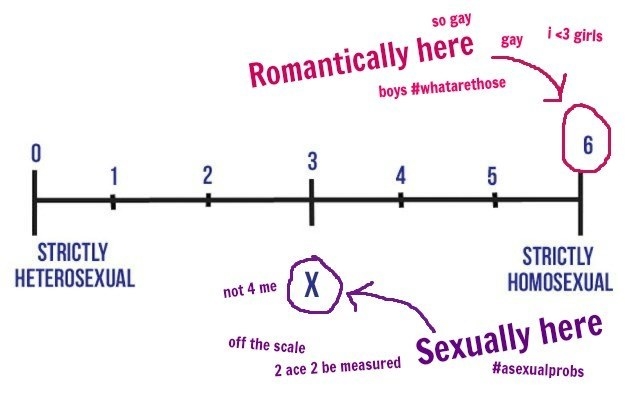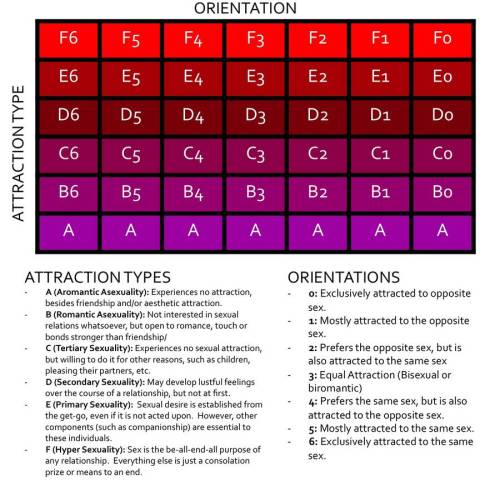
There are tons of ways to discover and explore the many hues (so to speak) that exist under the LGBTQ+ umbrella, but one of the earliest metrics popularized was the Kinsey Scale. Chances are, it’s the one you’re most familiar with, too. The scale was created by biologist Alfred Kinsey in 1948. Kinsey suggested that some individuals might be “exclusively heterosexual” (or a zero on the scale), and others might be “exclusively homosexual” (a six on the scale), but many people fit somewhere between the two numbers. The Klein Sexual Orientation Grid ( KSOG) developed by Fritz Klein attempts to measure sexual orientation by expanding upon the earlier Kinsey scale.( Editor’s note: The most updated version of the GLAAD Media Reference Guide recommends publications avoid the word “homosexual,” but to describe the Kinsey Scale as accurately as possible, WH felt it necessary to replicate the exact language used in the scale at certain times in this piece.)Īt the time, the scale was groundbreaking, and today, it’s still a tool that helps many people realize they might not be “zeroes” or “sixes,” says leading LGBTQ+ expert Dr. Klein first described the KSOG in his 1978 book The Bisexual Option.įritz Klein founded the American Institute of Bisexuality in 1998 which is continuing his work by sponsoring bisexual-inclusive sex research, educating the general public on sexuality, and promoting the bisexual community. In response to the criticism of the Kinsey scale only measuring two dimensions of sexual orientation, Klein developed a multidimensional grid for describing sexual orientation.

Unlike the Kinsey scale, the Klein grid investigates sexual orientation in the past, the present and in the idealized future with respect to seven factors each, for a total of twenty-one values.


The KSOG uses values of 1–7, rather than the 0–6 scale of the Kinsey scale, to describe a continuum from exclusively opposite-sex to exclusively same-sex attraction. The KSOG is often used as a tool in research.


 0 kommentar(er)
0 kommentar(er)
